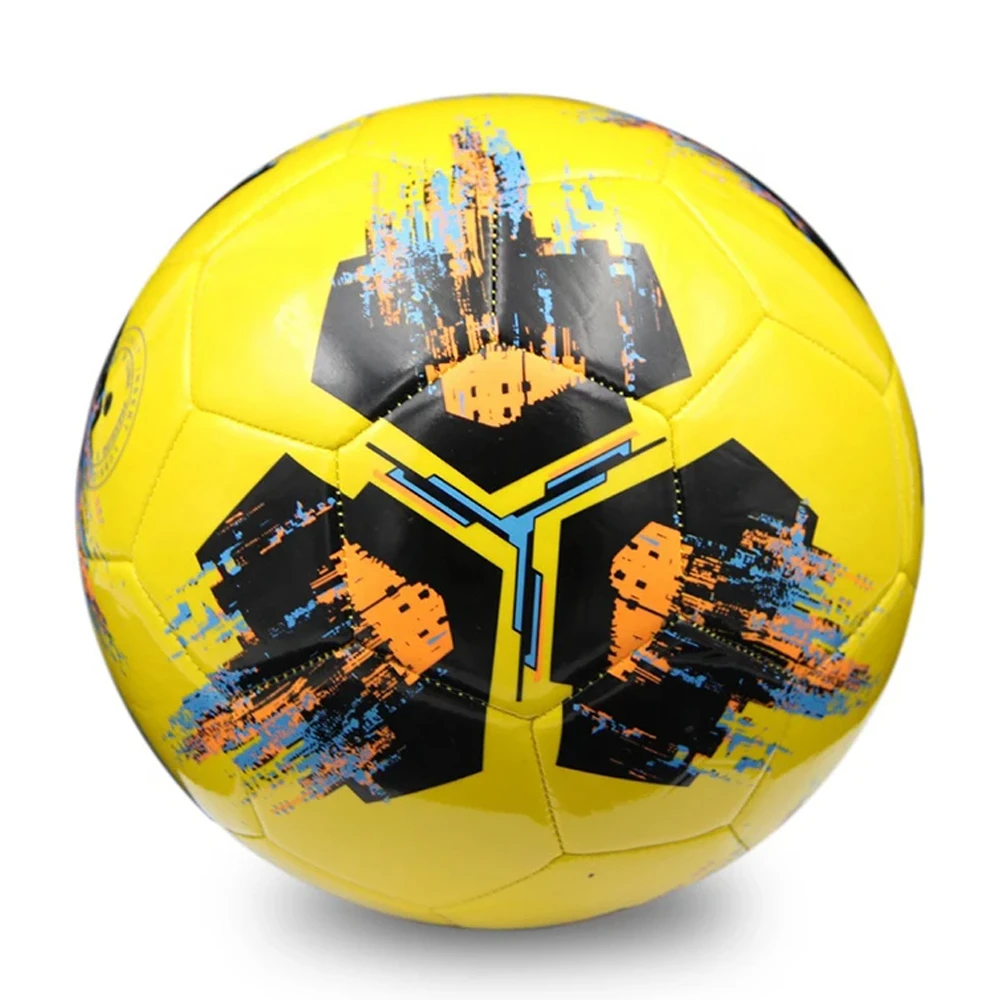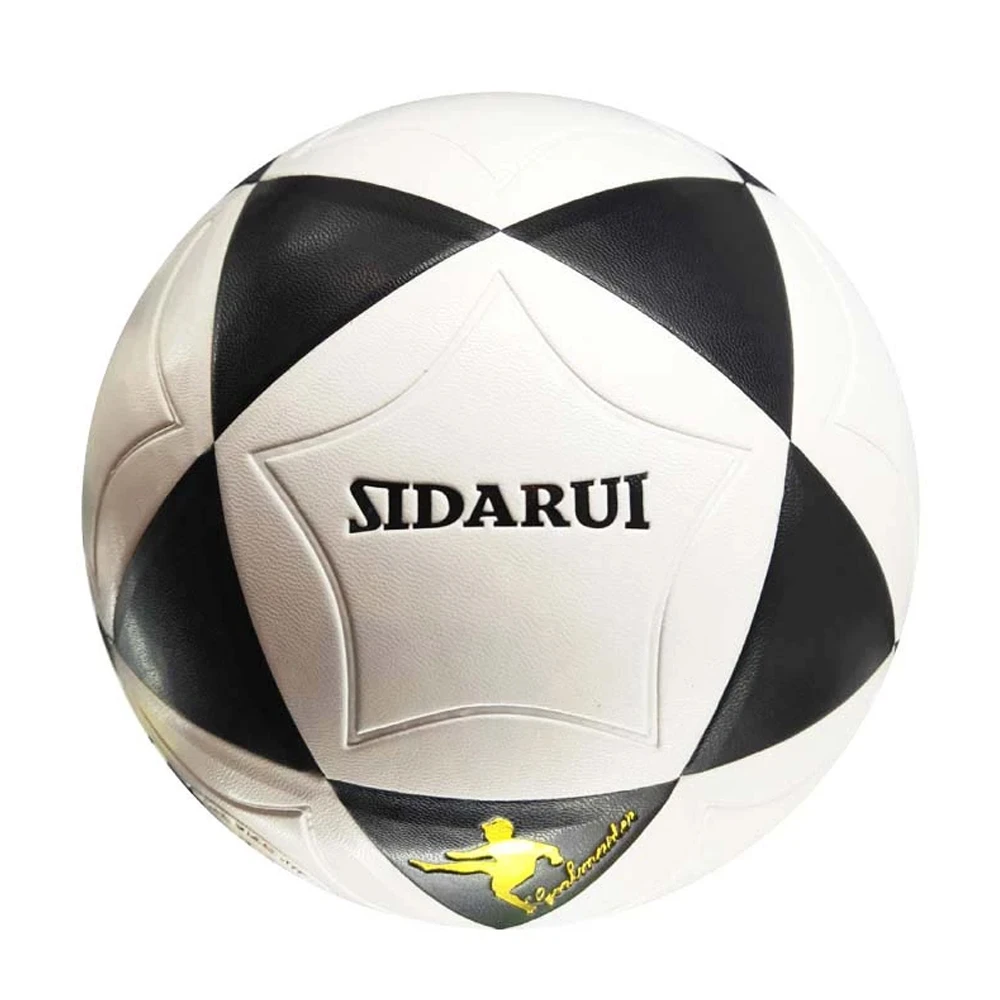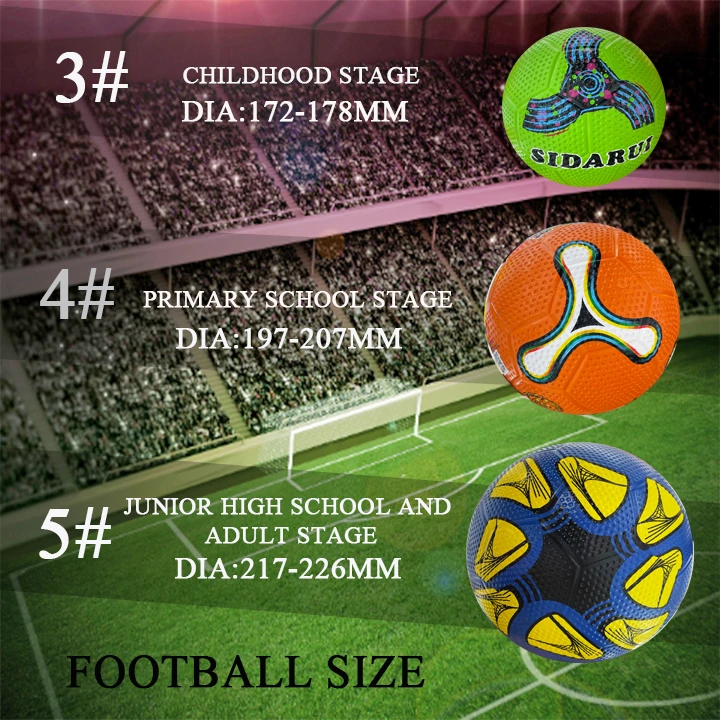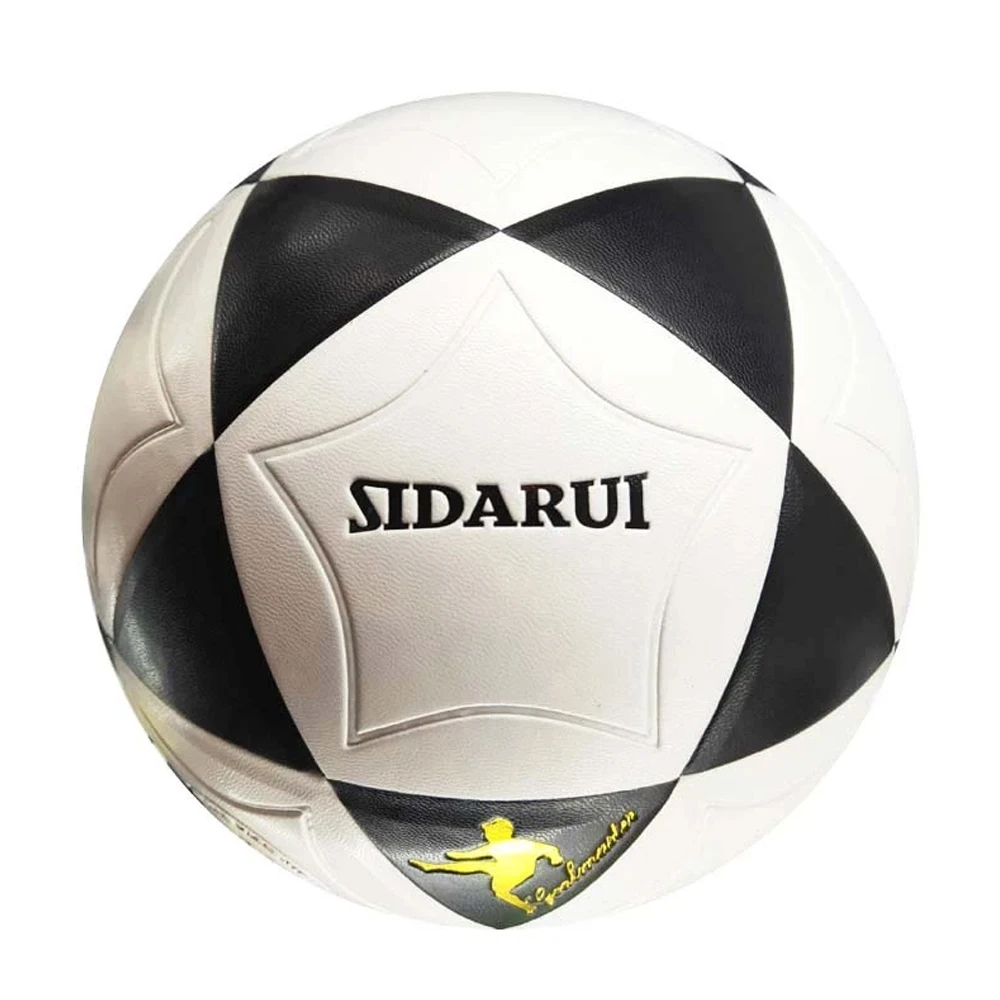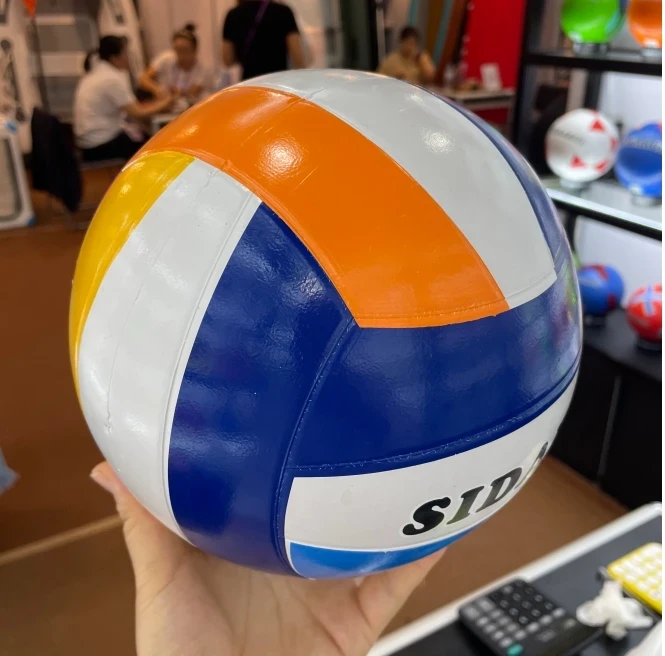Mai . 10, 2025 06:13
- Key Features and Performance Metrics of Premium Volleyballs
- Technical Innovations in Modern Volleyball Design
- Head-to-Head: Top Indoor and Beach Volleyball Brands Compared
- Customization Options for Teams and Events
- Real-World Applications: From Schools to Pro Leagues
- Buyer’s Guide: Selecting the Right Volleyball for Your Needs
- Why Premium Indoor Volleyballs Dominate the Market
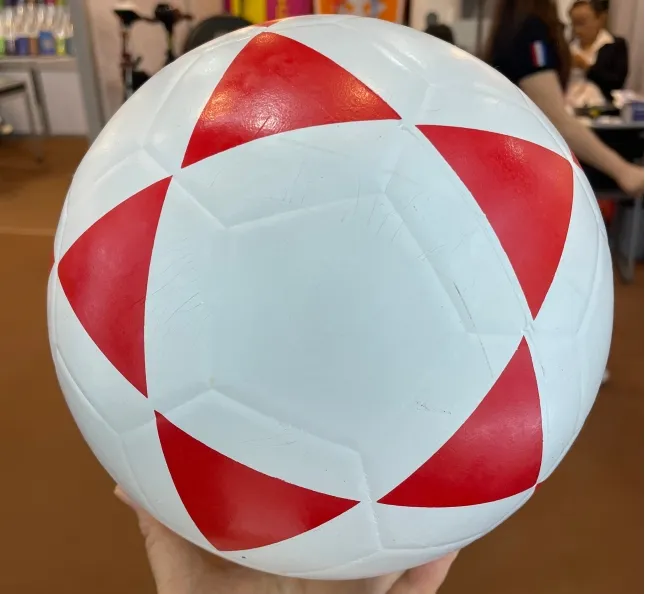
(indoor volleyballs for sale)
Key Features and Performance Metrics of Premium Volleyballs
Modern volleyballs are engineered with precision to meet rigorous performance standards. Indoor volleyballs for sale typically weigh between 260-280 grams, optimized for controlled play on hard courts. Beach variants, designed for outdoor use, feature a slightly lighter build (240-260 grams) and textured surfaces to combat wind interference. High-grade models incorporate 18-panel microfiber composites, ensuring 20% better air retention compared to traditional designs. These advancements cater to both casual players and competitive athletes seeking consistency.
Technical Innovations in Modern Volleyball Design
Leading manufacturers now integrate moisture-wicking panels and thermal-bonded seams to enhance durability. For instance, Mikasa’s VLS300 employs a patented dimpled surface, reducing air resistance by 15% during serves. Wilson’s AVP Official Beach Volleyball utilizes a Clutch Control System, improving grip accuracy by 22% in humid conditions. Such innovations directly address common pain points like unpredictable ball trajectories and wear-induced performance drops.
Head-to-Head: Top Indoor and Beach Volleyball Brands Compared
| Brand | Model | Material | Weight (g) | Price Range | Ideal Use |
|---|---|---|---|---|---|
| Mikasa | VLS300 | Microfiber Composite | 270 | $60-$80 | Indoor Competitions |
| Wilson | AVP Official | Waterproof PU | 250 | $55-$70 | Beach Tournaments |
| Molten | FLISTATEC | Thermo-Grip Tech | 265 | $75-$95 | Multi-Surface Training |
Customization Options for Teams and Events
Bulk purchasers can order volleyballs for sale with tailored graphics, including team logos, sponsor decals, or tournament-specific color schemes. Advanced printing techniques enable full-color imprinting without compromising ball balance. Minimum orders start at 50 units for custom designs, with a 10-14 day production lead time. Some suppliers offer mixed-material configurations, allowing clubs to combine indoor durability with beach-ready textures in a single order.
Real-World Applications: From Schools to Pro Leagues
The NCAA recently standardized Molten’s FLISTATEC for all collegiate matches, citing its 98% service accuracy rate during trials. In contrast, municipal recreation programs increasingly opt for Spalding’s Turbo系列, which withstands 3x more impacts than basic PVC models. Beach volleyballs for sale with FIVB certification now dominate coastal resorts, with venues reporting 40% fewer ball replacements annually since adopting hybrid synthetic covers.
Buyer’s Guide: Selecting the Right Volleyball for Your Needs
Prioritize circumference (65-67cm for adults) and internal pressure (0.30-0.325 kg/cm²). Indoor players should seek FIVB-approved models with firm tactile feedback, while beach enthusiasts require softer, weather-resistant builds. Mid-range options ($45-$65) typically deliver optimal value, boasting 80% of pro-grade features at 60% of the cost. Always verify warranty terms—premium brands often cover seam failures for 2+ years.
Why Premium Indoor Volleyballs Dominate the Market
Indoor volleyballs for sale account for 68% of global volleyball revenue, driven by year-round league demand and institutional purchasing power. Their standardized dimensions and predictable flight patterns make them essential for skill development. While beach variants see seasonal spikes, indoor models maintain consistent sales growth (4.7% CAGR), particularly in regions with extensive court infrastructure. This market dominance ensures continuous R&D investment, further widening the performance gap between entry-level and professional gear.
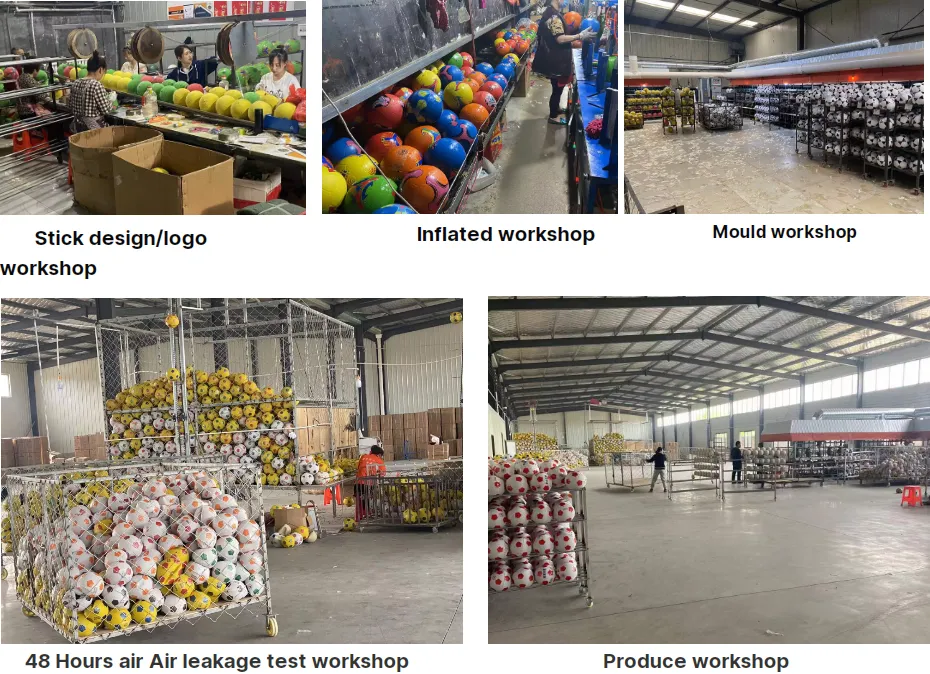
(indoor volleyballs for sale)
FAQS on indoor volleyballs for sale
What is the difference between indoor and beach volleyballs for sale?
A: Indoor volleyballs are heavier, have smoother surfaces, and are designed for court play. Beach volleyballs are lighter, softer, and optimized for outdoor conditions like sand and wind.
What factors should I consider when buying volleyballs for sale?
A: Prioritize size (official vs. recreational), material (leather vs. synthetic), inflation type, and whether it’s intended for indoor, beach, or multi-surface use.
Where can I find affordable indoor volleyballs for sale?
A: Check sporting goods stores like Decathlon, online retailers like Amazon, or brand websites like Wilson or Mikasa for deals and discounts.
Are indoor and beach volleyballs made from the same materials?
A: No. Indoor volleyballs often use leather or composite leather for grip, while beach volleyballs use waterproof, sand-resistant synthetic materials.
Can I use indoor volleyballs for beach play?
A: Not recommended. Indoor volleyballs lack water resistance and may wear quickly on sand. Beach-specific models ensure durability and performance outdoors.




